Customizing your Painting Grounds
Amy Shawley Paquette
Through the months of May and June on Thursday evenings at 7pm EST, I’m doing live product and painting demos through Facebook on my Art by Amy Shawley Paquette page - then following them up here with photos and additional content. The theme last week was Customizing your Painting Grounds and I shared a few ways that you can use product recipes to create unique surfaces for your work! The video can be viewed below, along with images that I shared/created during the demo! For additional fun, I’ve painted loose landscapes on each of these custom painting grounds for you to get a feel for how they look with color!
A ground is a foundation layer for your painting and is meant to promote adhesion of your paint to its substrate - depending on the type of painting you are doing and surface you are painting on, you may or may not need a ground layer, but they are often required. The most common acrylic painting ground is Acrylic Gesso, and several grounds say so on the jar/bottle (ie: Pastel Ground, Absorbent Ground), but many materials can be used to create grounds if you get a grasp for their key attributes: tooth and absorbency. I like to mix different materials together to achieve unique surface texture…sometimes its as simple as a tint of color, sometimes it’s combining two textured materials together. The following surfaces correspond to the ones in my video and feature GOLDEN acrylic products with acrylic color applied on top. You can paint in watercolor on grounds with high tooth and/or absorbency (see my QoR Grounds post for more ideas) and you can paint in oil over some of these grounds, so long as they aren’t too spongey or brittle (see this Just Paint article for ideas).
Grounds with Absorbency (L to R): Absorbent Ground, Light Molding Paste, Crackle Paste, Fiber Paste - all made by GOLDEN
Toothy/Gritty Grounds (L to R): Molding Paste, Acrylic Gesso (Black & White), Sandable Hard Gesso, Matte Medium, Micaceous Iron Oxide, Pastel Ground, Coarse Molding Paste, Glass Bead Gel, Coarse Pumice Gel - all GOLDEN brand
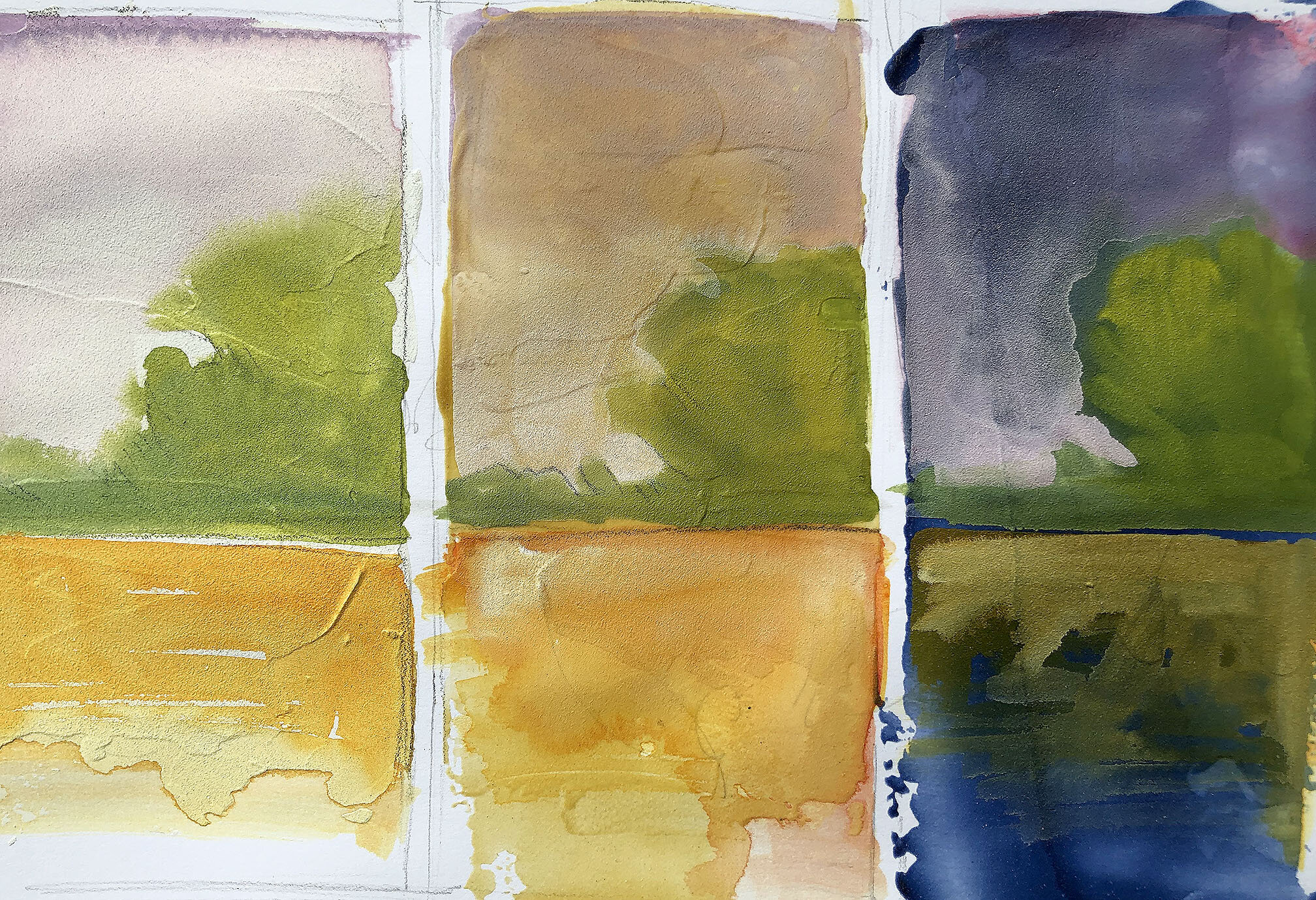
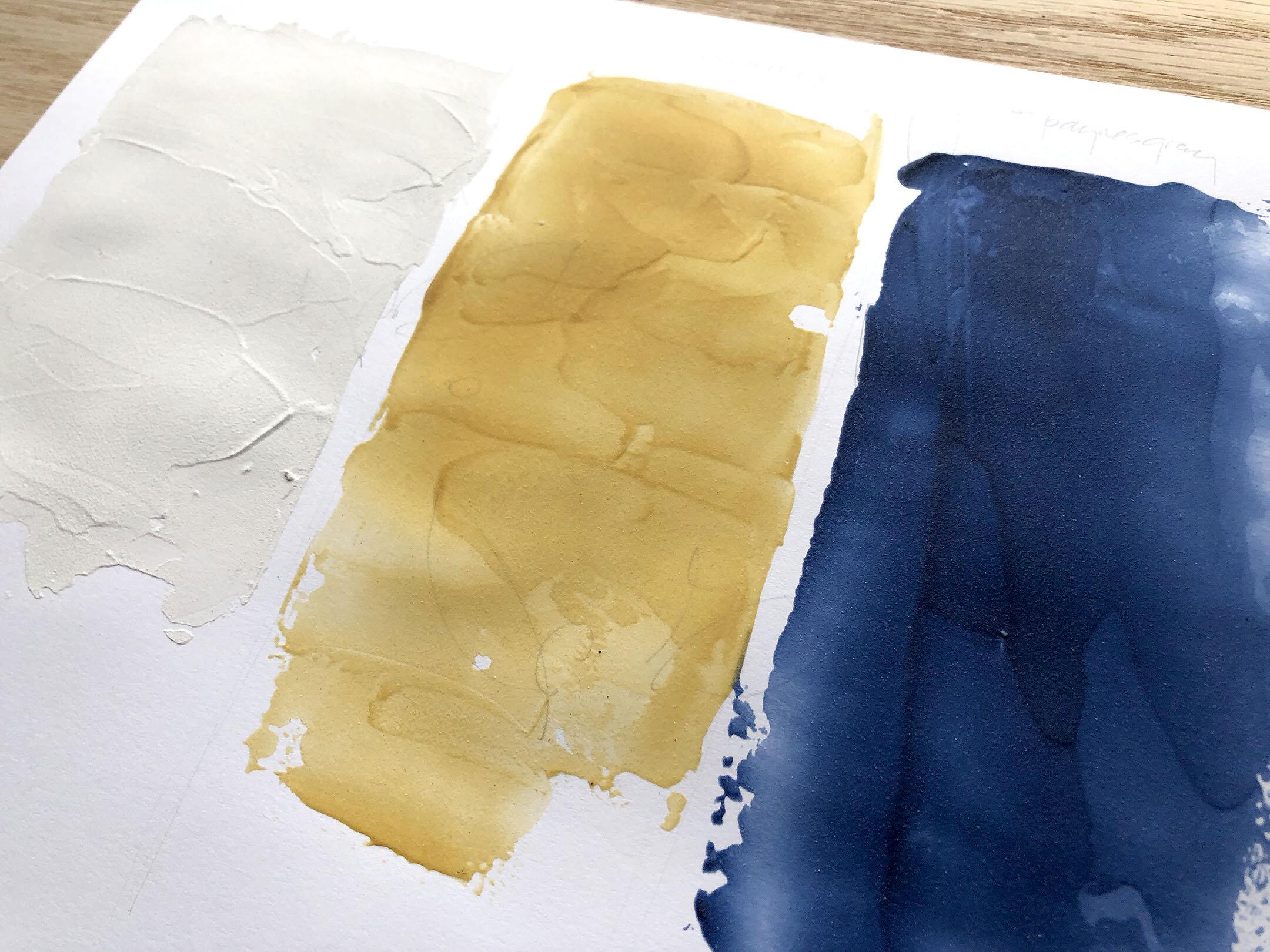
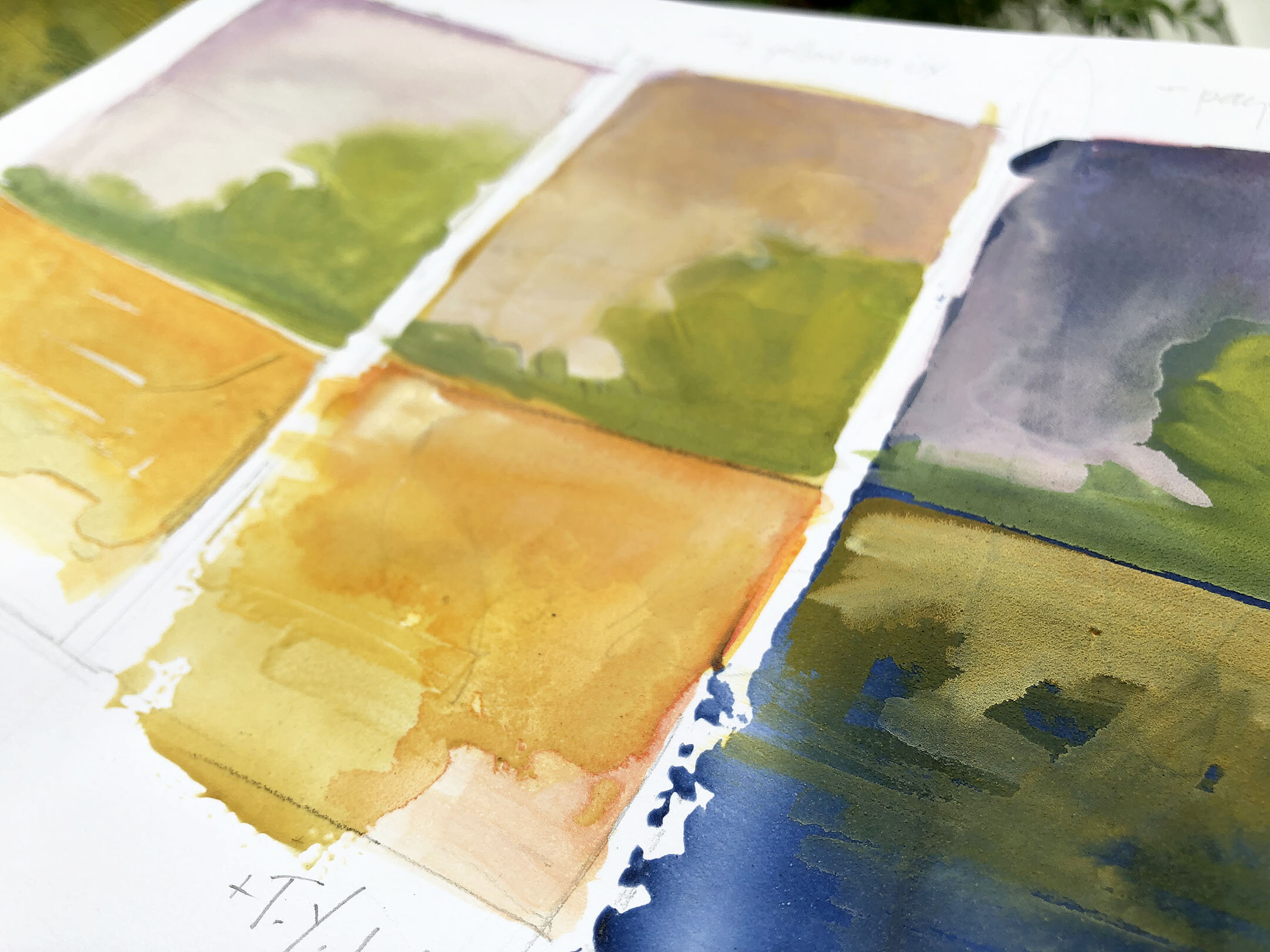
Pastel Ground tinted with (L to R) Titanium White, Transparent Yellow Iron Oxide, Paynes Gray (all GOLDEN Fluid formulation)
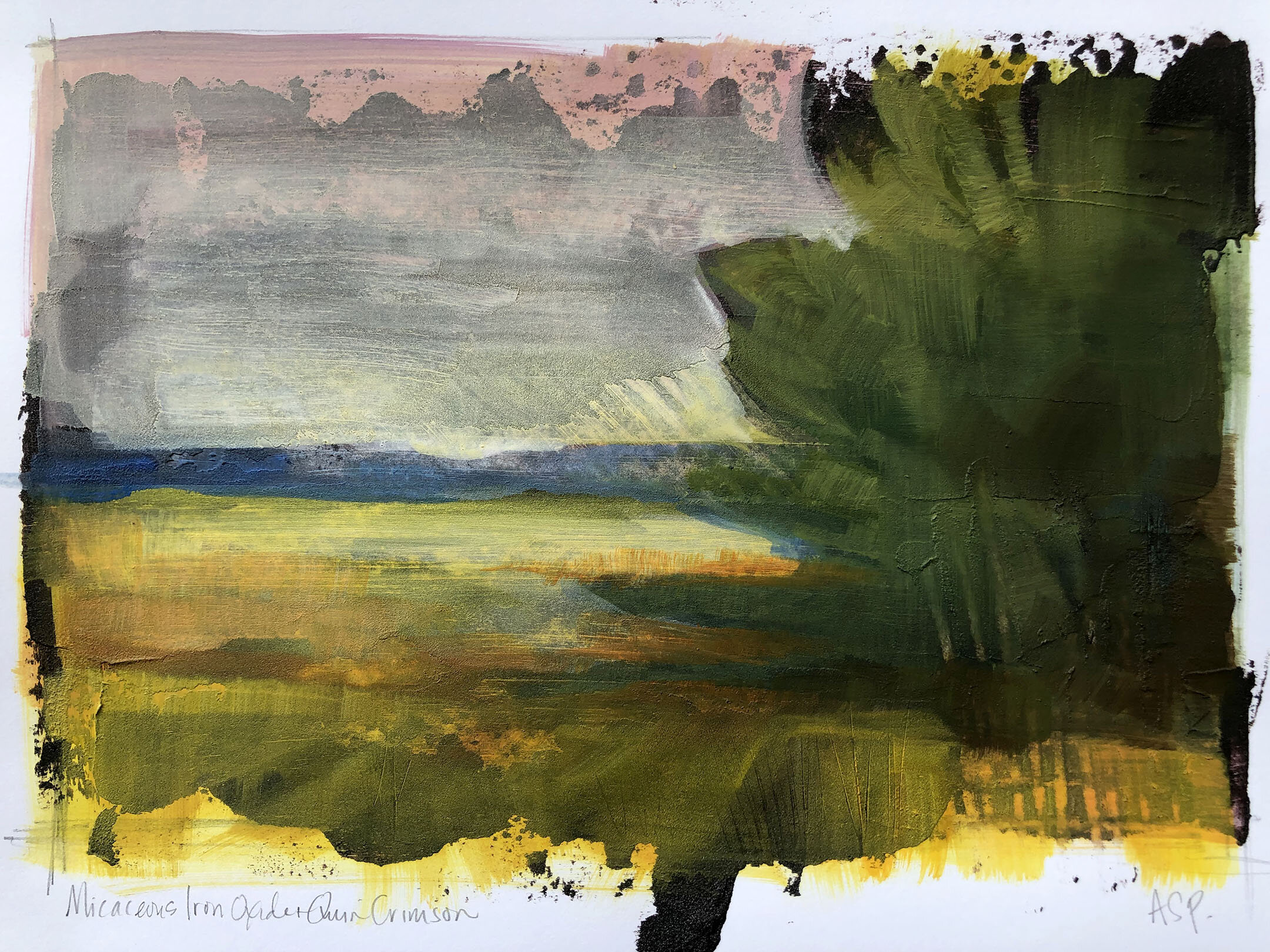
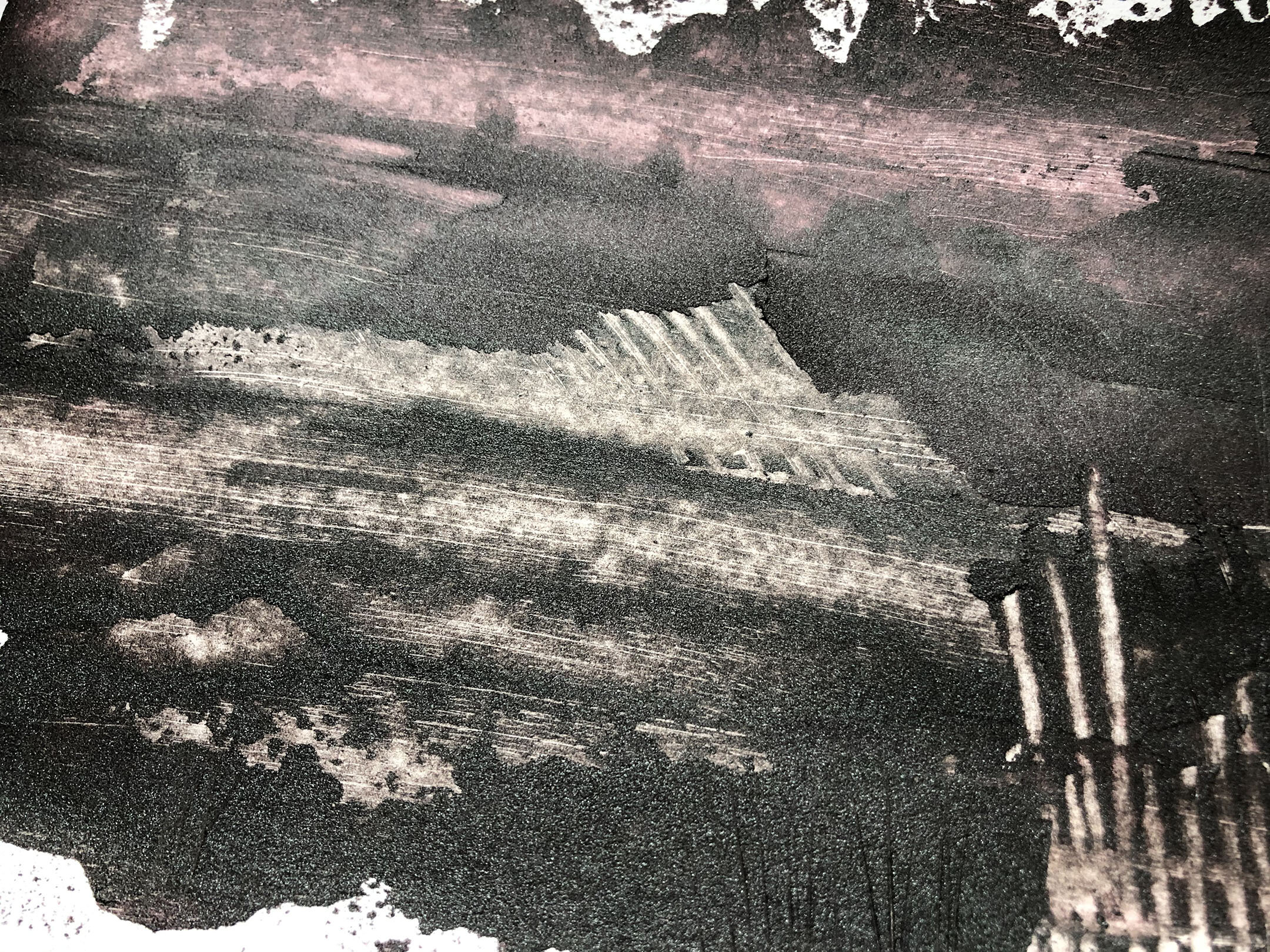
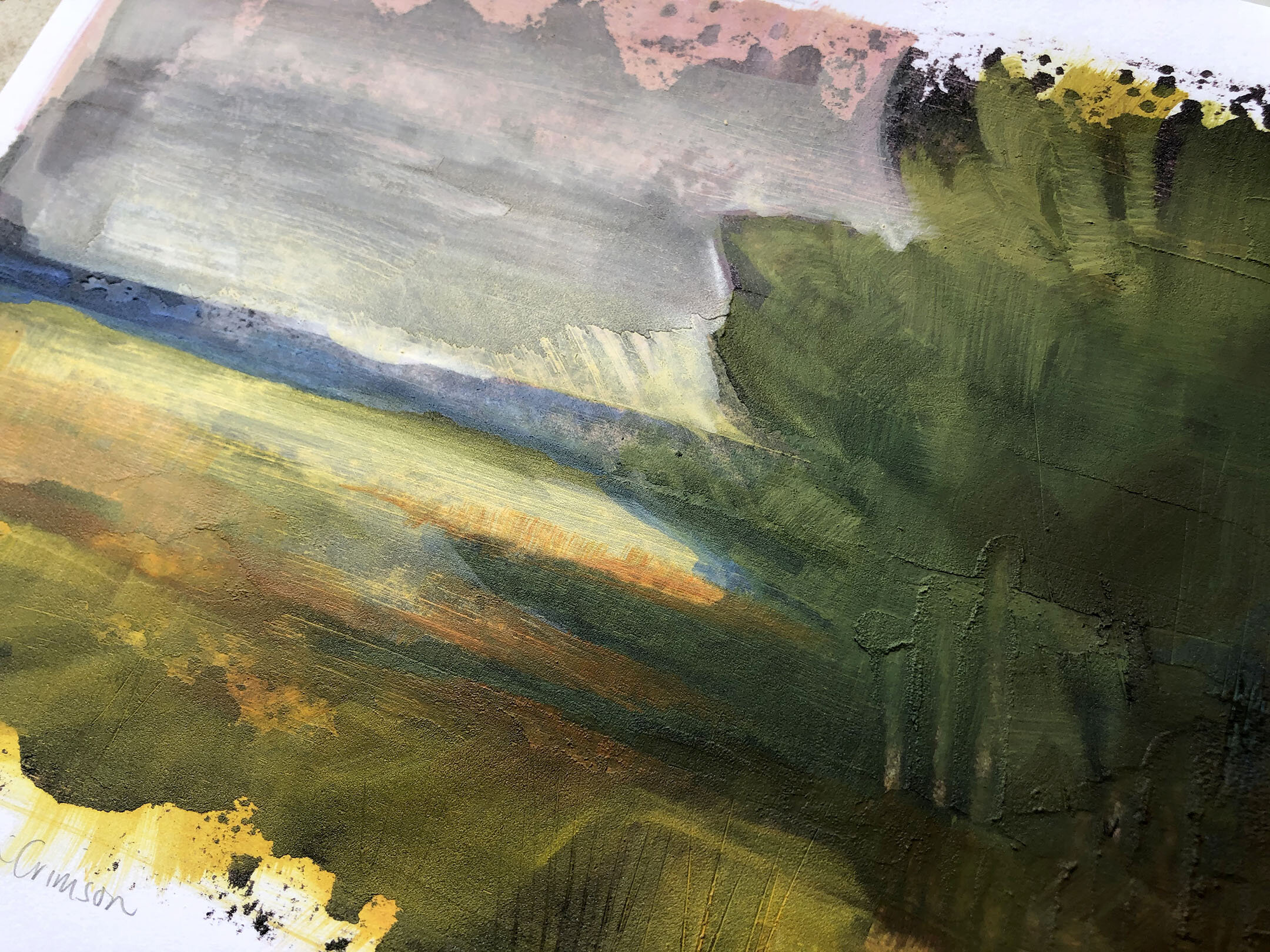
Ground: Heavybody Micaceous Iron Oxide, plain on bottom, tinted with Quinacridone Crimson up top.

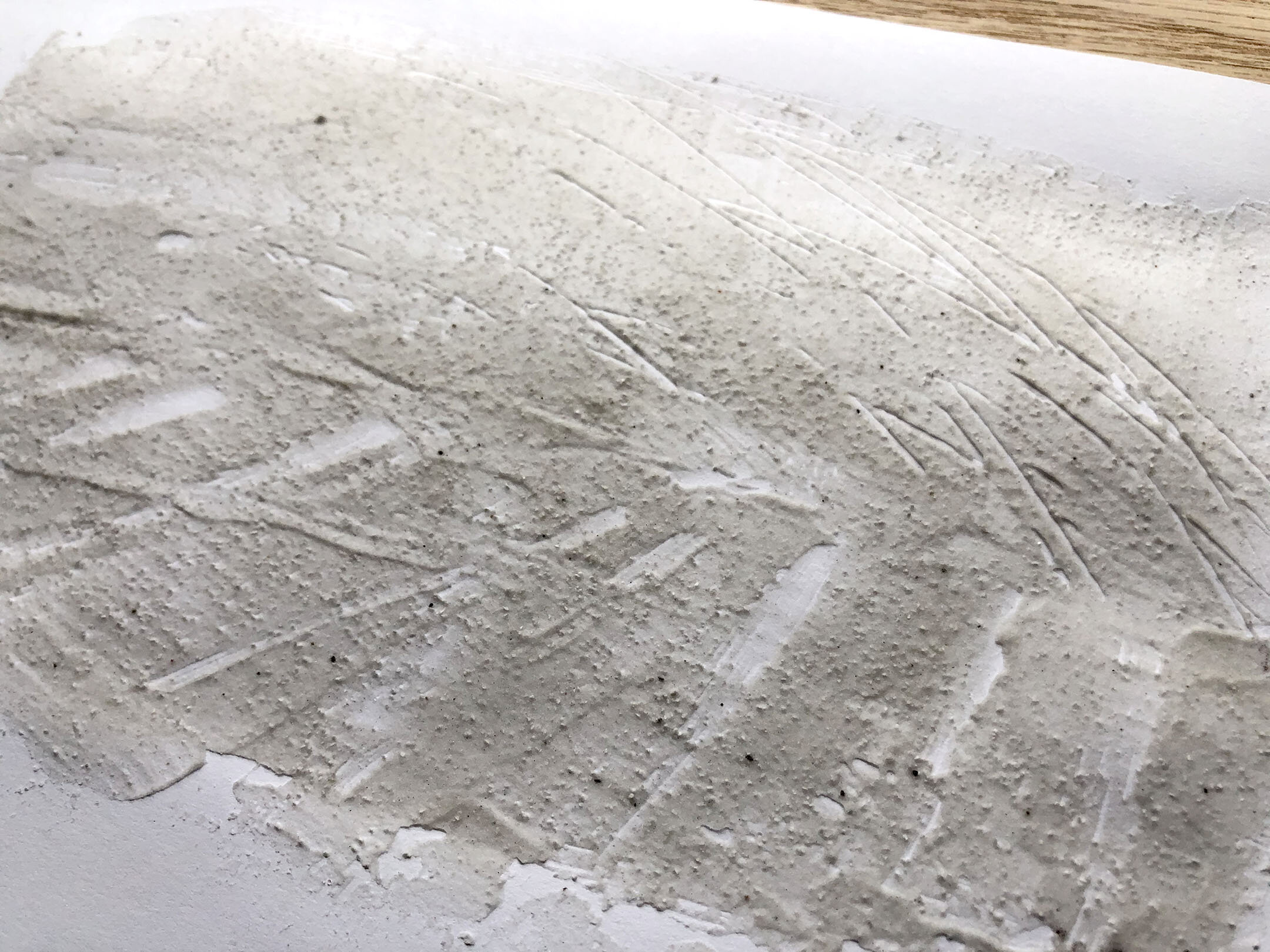
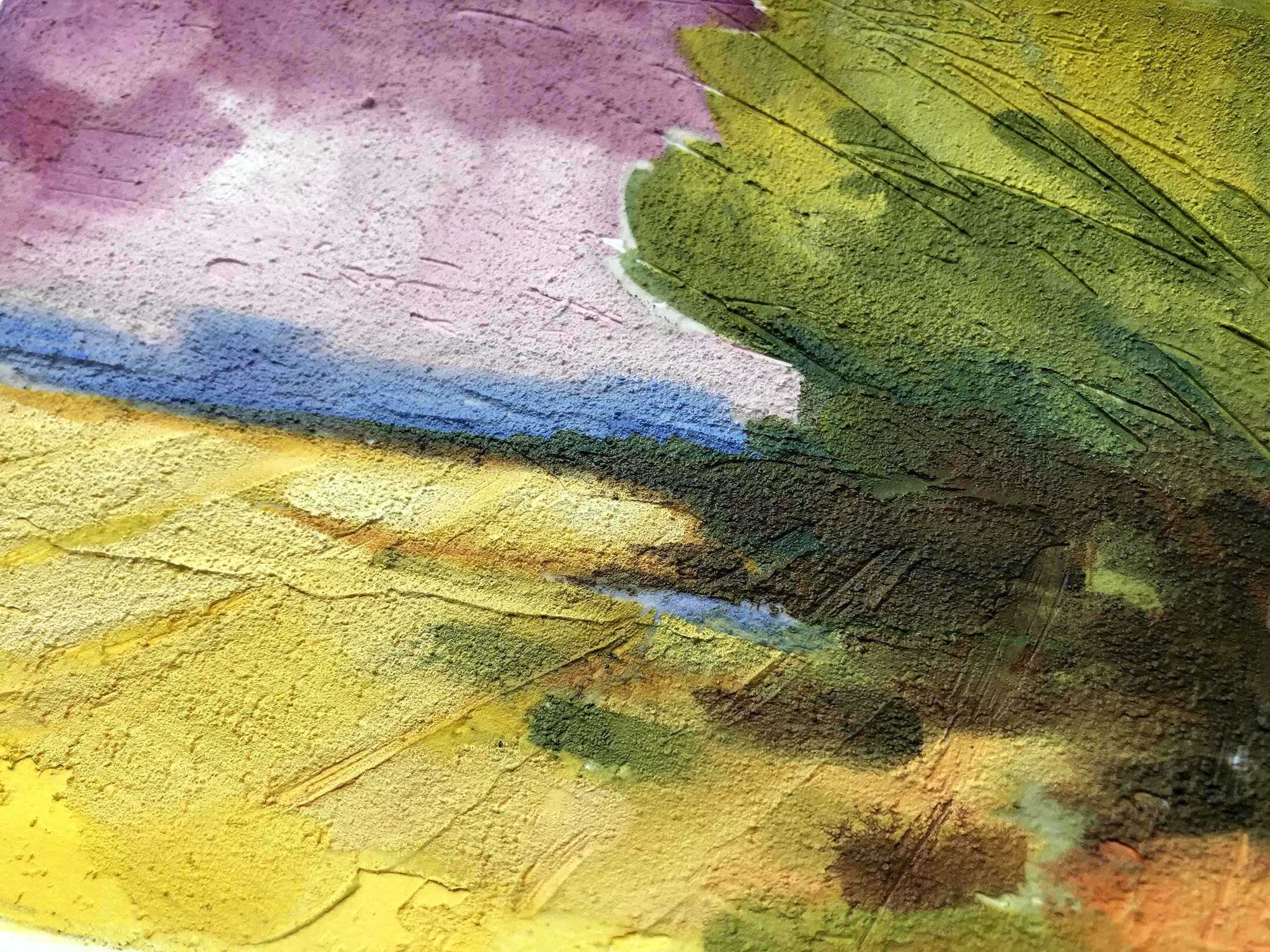
Ground: A recipe of Pastel Ground, Coarse Molding Paste, and Coarse Pumice Gel (see video for ratio).
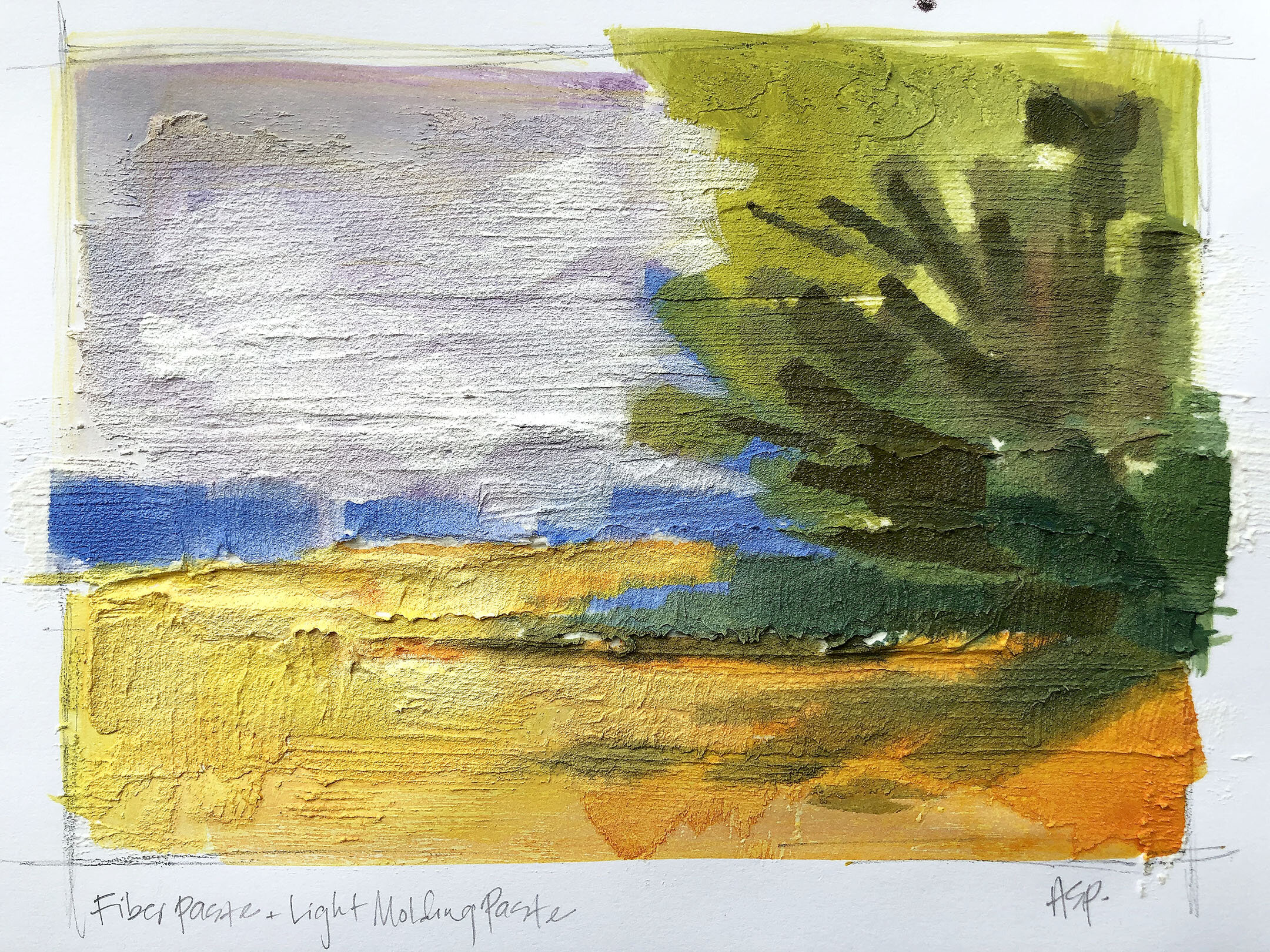
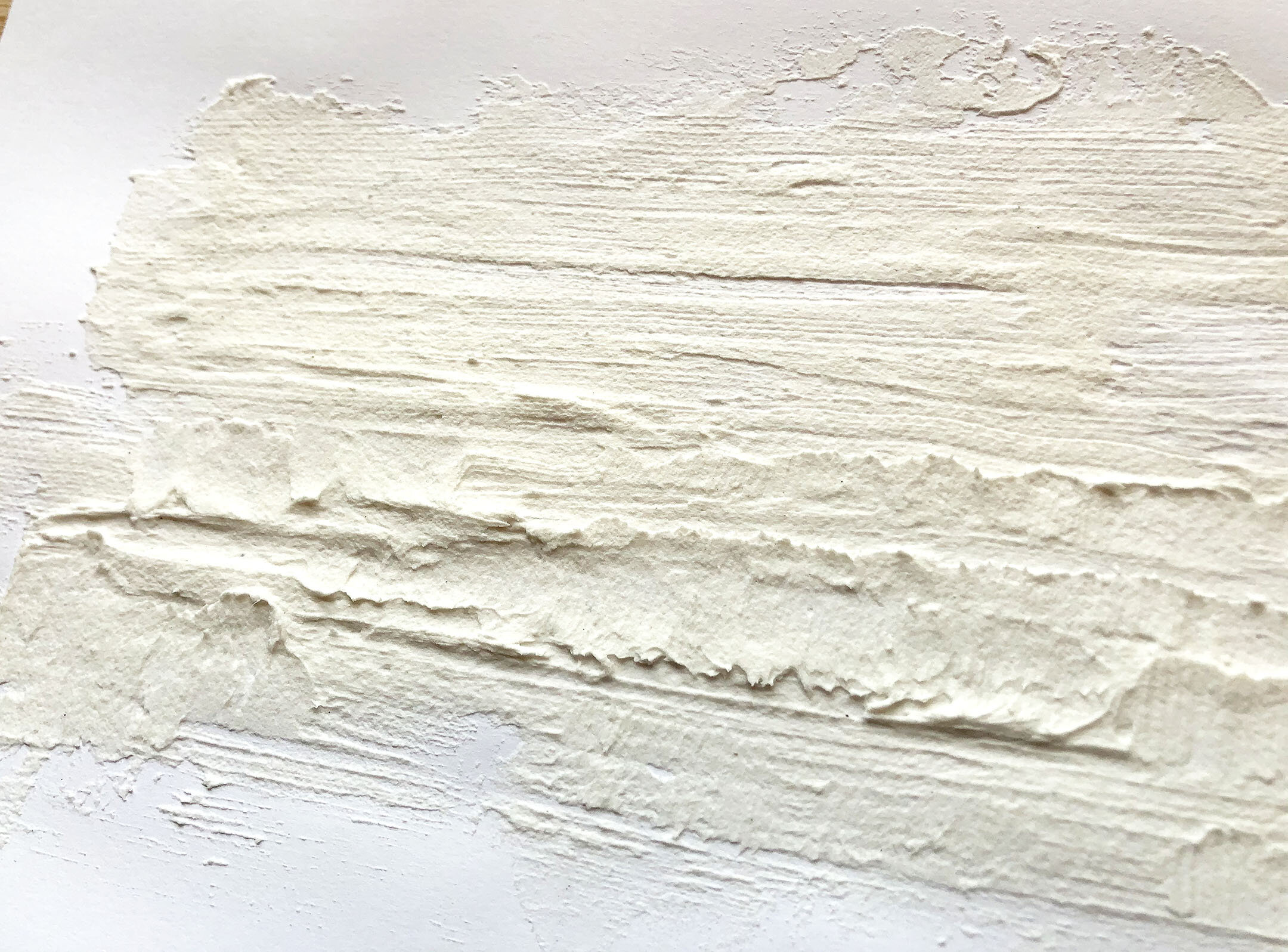
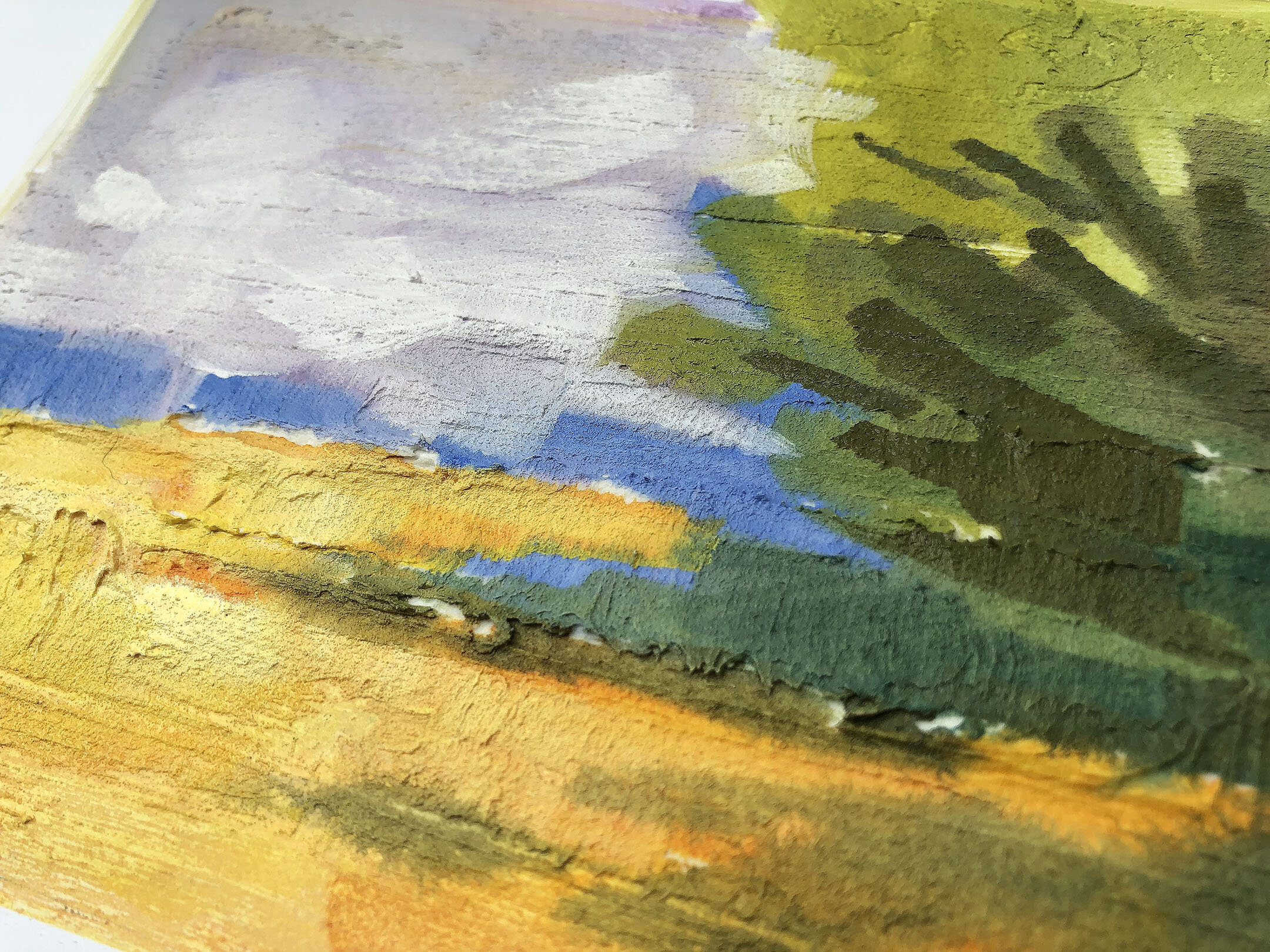
Ground recipe: Light Molding Paste and Fiber Paste, loosely mixed then applied with a knife, worked with a brush.
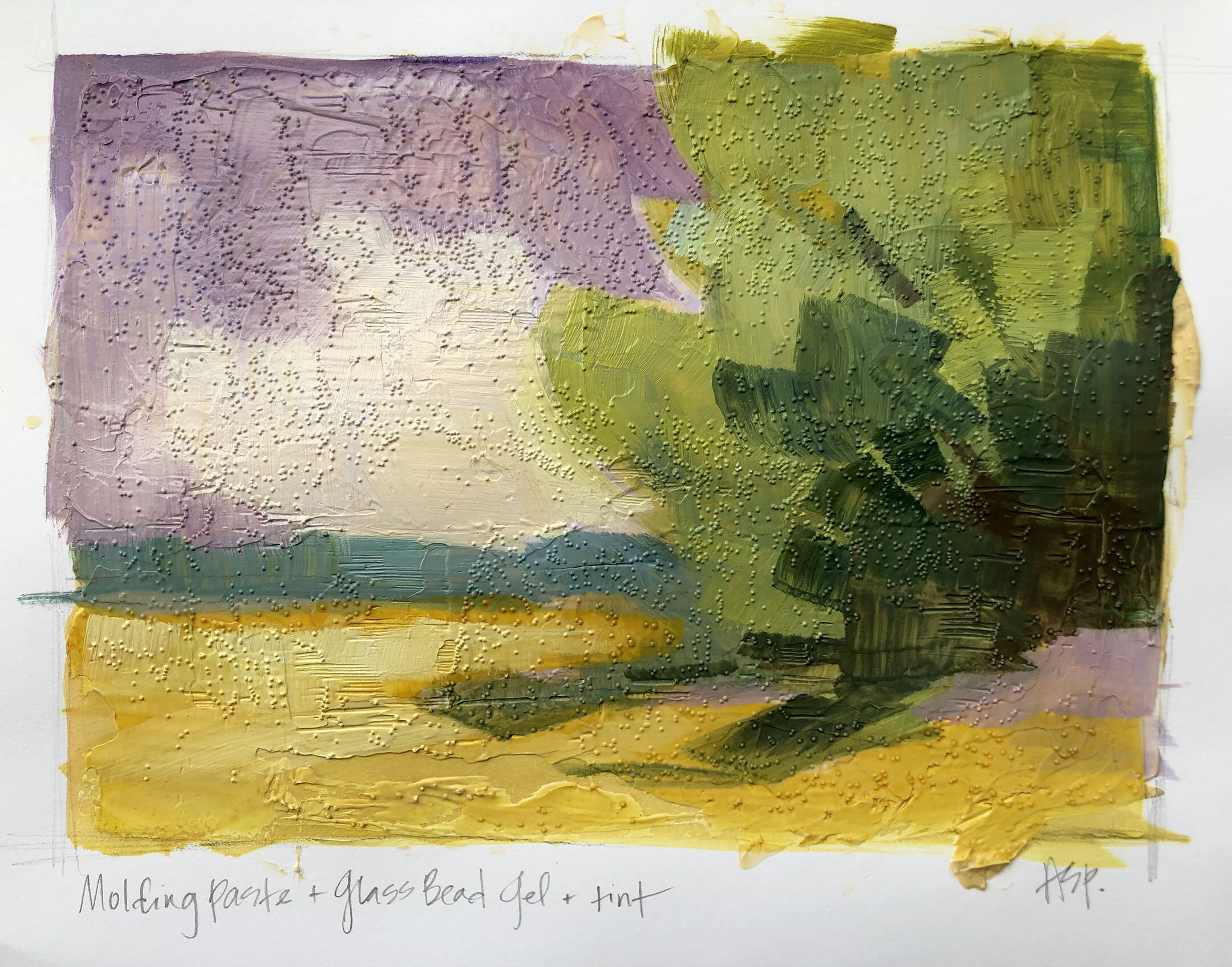
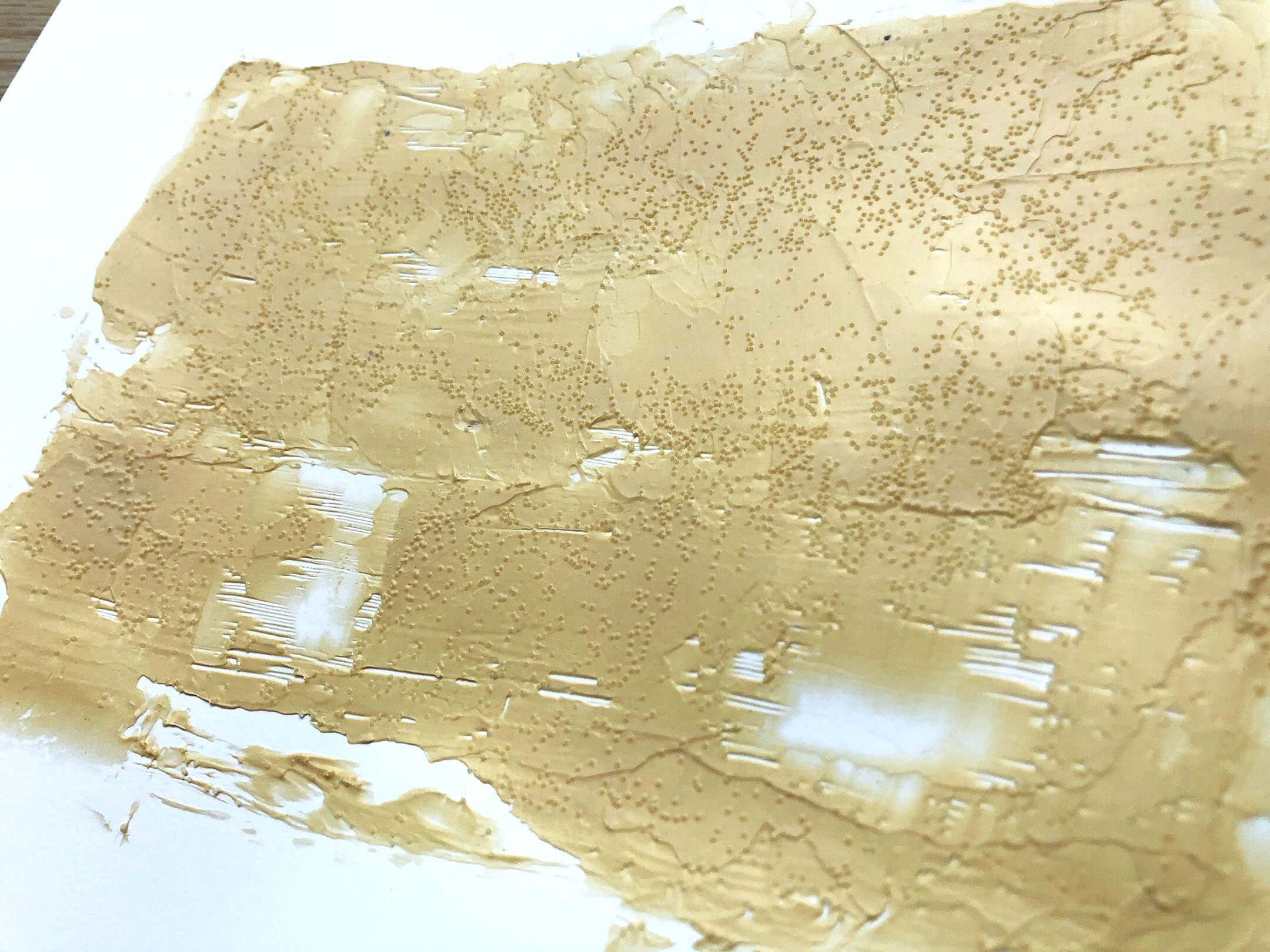

Ground: Molding Paste and Glass Bead Gel tinted with Yellow Ochre.
Thank you for watching and reading! For more of my project ideas, follow me online or consider taking an online course!


